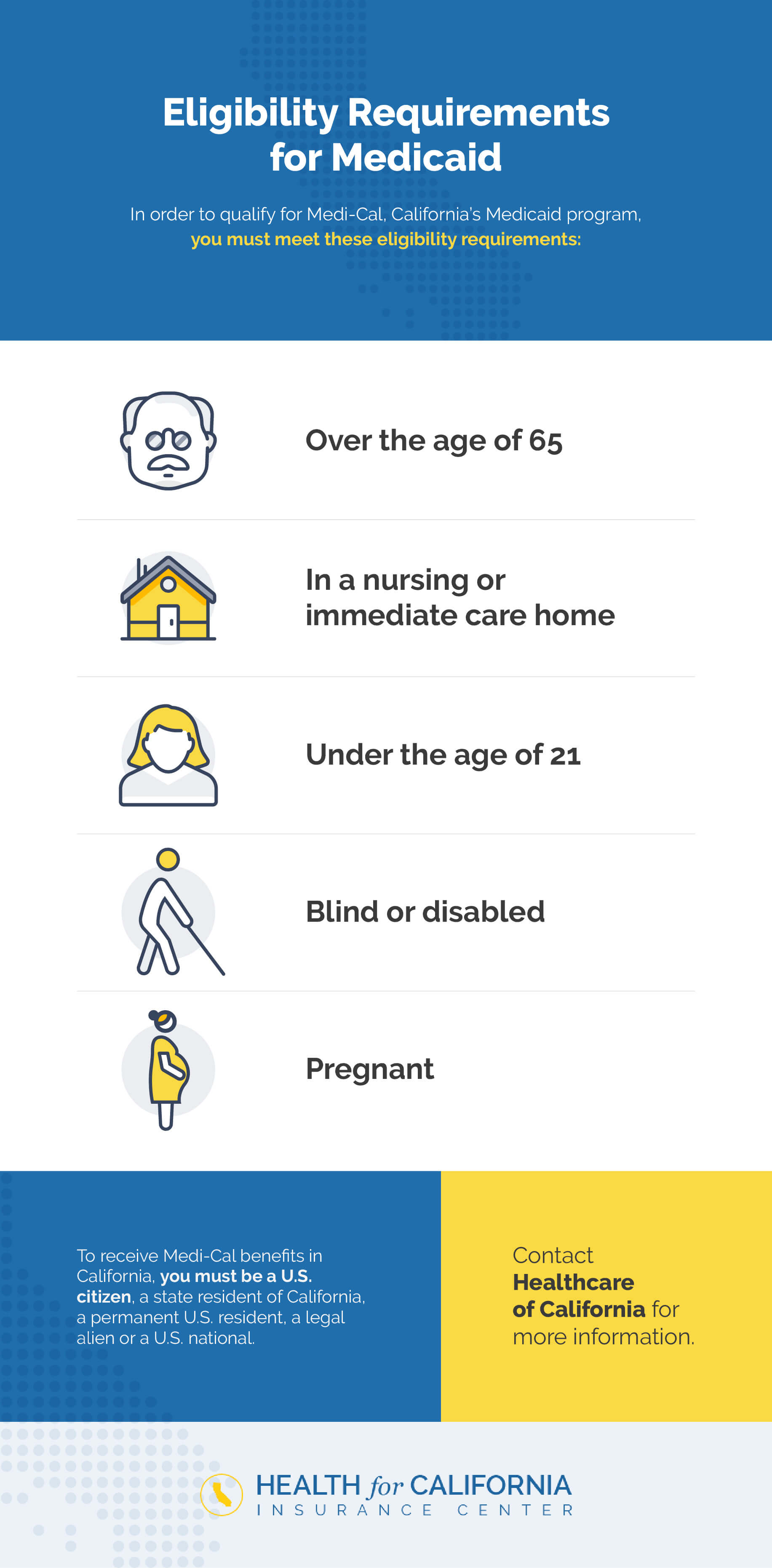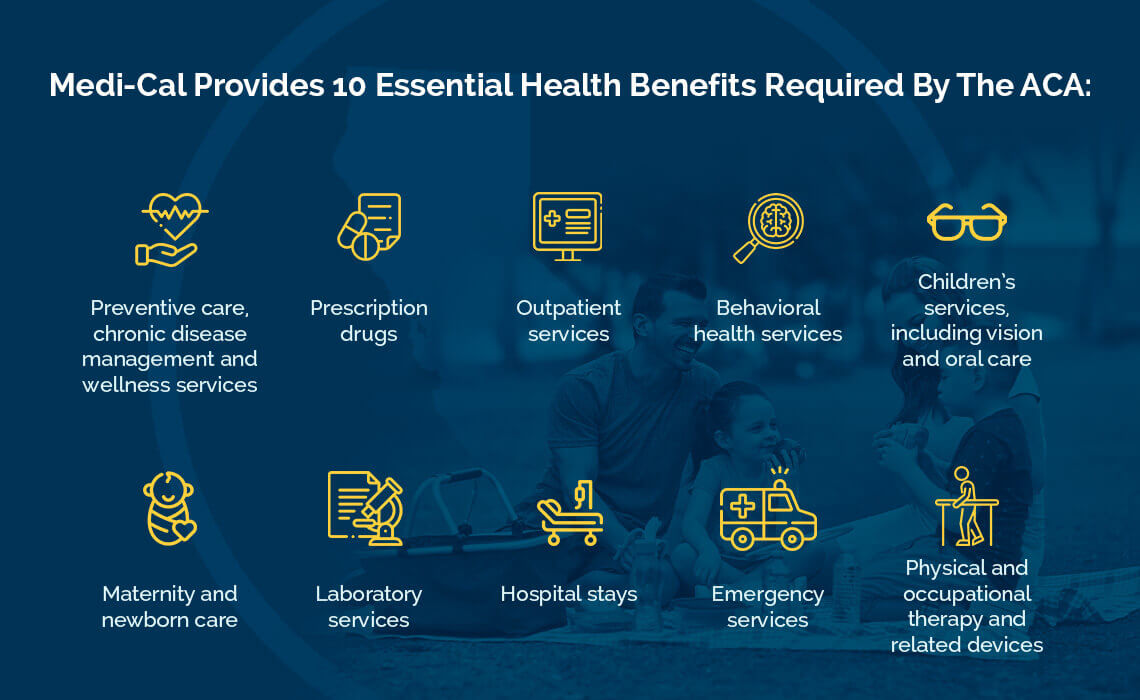Getting The Medicare Advantage Agent To Work
Getting The Medicare Advantage Agent To Work
Blog Article
Medicare Advantage Agent Fundamentals Explained
Table of ContentsThe Best Guide To Medicare Advantage AgentWhat Does Medicare Advantage Agent Do?Not known Incorrect Statements About Medicare Advantage Agent

follows from confusing the relatively young age profile of account uninsured with the better health, on average, of younger persons. For those without access to workplace health insurance coverage, bad wellness is a prospective obstacle to buying nongroup protection because such insurance coverage might be extremely valued, leave out preexisting conditions, or be simply unavailable. Unless otherwise kept in mind, national price quotes of people without health and wellness insurance coverage and percentages of the population with various kinds of protection are based on the CPS, the most commonly used resource of estimates of insurance coverage and uninsurance prices.

Getting My Medicare Advantage Agent To Work
Over a three-year period beginning early in 1993, 72 million individuals, 29 percent of the U.S. populace, lacked insurance coverage for at the very least one month. Within a solitary year(1994), 53 million individuals experienced at the very least a month without protection(Bennefield, 1998a). Six out of every ten without insurance grownups are themselves used. Although functioning does enhance the possibility that and one's household participants will certainly have insurance, it is not a warranty. Even participants of families with two full time wage income earners have almost a one-in-ten possibility of being uninsured (9.1 percent without insurance price)(Hoffman and Pohl, 2000 ). The relationship in between health and wellness insurance and access to care is well developed, as recorded later on in this chapter. Although the partnership in between medical insurance and health results is neither direct nor easy, a comprehensive scientific and health and wellness services research literature links medical insurance coverage
to improved access to care, far better top quality, and enhanced individual and population health standing. The 2nd record, on individual health and wellness results for uninsured grownups, is stood for by the innermost circle of the number, while the 3rd report, on household wellness, encompasses the topics of the second report yet highlights a various system of evaluation, particularly, the family. The sixth report in the collection will certainly provide details about strategies and initiatives embarked on locally, statewide, or across the country to resolve the absence of insurance and its negative impacts. Degrees of evaluation for examining the impacts of uninsurance. This conversation of medical insurance coverage focuses primarily on the U.S. population under age 65 due to the fact that virtually all Americans 65 and older have Medicare or other public protection.
Furthermore, it focuses specifically on those with no health insurance policy for any type of size of time. The problems faced by the underinsured are in some areas comparable to those faced by the uninsured, although they are normally much less extreme. Uninsurance and underinsurance, however, involve clearly different policy issues, and the methods for addressing them might vary. Throughout this research study and the five records to adhere to, the main emphasis gets on individuals without wellness insurance and thus no aid in spending for healthcare beyond what is offered via Going Here charity and safeguard organizations. Wellness insurance policy is a powerful factor influencing receipt of treatment due to the fact that both patients and doctors reply to the out-of-pocket rate of solutions. Medical insurance, nonetheless, is neither essential neither sufficient to acquire accessibility to medical solutions. Nevertheless, the independent and straight impact of health
insurance coverage on accessibility to wellness solutions is well developed. Others will certainly obtain the healthcare they require even without health insurance, by spending for it out of pocket or seeking it from carriers that use care cost-free or at highly subsidized prices. For still others, medical insurance alone does not make sure invoice of care since of other nonfinancial obstacles, such as a lack of healthcare providers in their neighborhood, restricted accessibility to transportation, illiteracy, or etymological and social differences. Formal study regarding without insurance populaces in the USA dates to the late 1920s and early 1930s when the Committee on the Expense of Healthcare produced a series of reports about financing medical professional workplace check outs and hospitalizations. This problem came to be prominent as the varieties of medically indigent climbed throughout the Great Depression. Empirical web link research studies continually sustain the link in between accessibility to care and improved health and wellness outcomes(Bindman et al., 1995; Starfield, 1995 ). Having a regular source of treatment can be thought about a predictor of accessibility, as opposed to a direct procedure of it, when wellness end results are themselves made use of as gain access to signs. This expansion of the notion of gain access to measurement was made by the IOM Committee on Keeping An Eye On Access to Personal Wellness Care Services(Millman, 1993, p. Whether or not parents are guaranteed appears to influence whether their youngsters obtain care in addition to just how much careeven if the kids themselves have coverage(Hanson, 1998). The wellness of parents can impact their ability to take care of their youngsters and the degree of family members stress and anxiety. Stressing over their youngsters's access to care is itself a source of stress and anxiety for parents. Three chapters follow in this record. Chapter 2 gives an overview of exactly how employment-based medical insurance, public programs and specific insurance plans run and interact to give substantial however insufficient here insurance coverage of the united state population. This includes a review of historic fads and public plans influencing both public and exclusive insurance policy, a conversation of the communications among the different kinds of insurance policy, and an evaluation of why people relocate from one program to one more or wind up

Report this page